Originally published: November 2016. Last updated: November 2018
Climbing Mount Kilimanjaro can be a dangerous experience and there have been a few recorded deaths on Kilimanjaro. It can be even more dangerous if you are oblivious to the dangers that lead to death or coming close to it on Kilimanjaro. Much as the hostile conditions on the tallest mountain in Africa play a significant role, the human element contributes significantly, even when you travel with an ethical and fair treatment certified tour operator. A lack of prior planning and adequate preparation may be a recipe for disaster. As Benjamin Franklin once said, “Failure to plan is planning to fail.” Conversely, as Confucius is said to have concluded much earlier, “Luck is where opportunity meets preparation.”
To plan adequately and prepare well, you need to have an idea of the inherent dangers associated with climbing Kilimanjaro. You need to know what lies ahead in order for you to anticipate and steer clear of any looming danger of death while climbing Kilimanjaro. In doing so, you will be able to take necessary precautions and preventive measures to ensure you avoid any unfortunate outcomes during your hike.
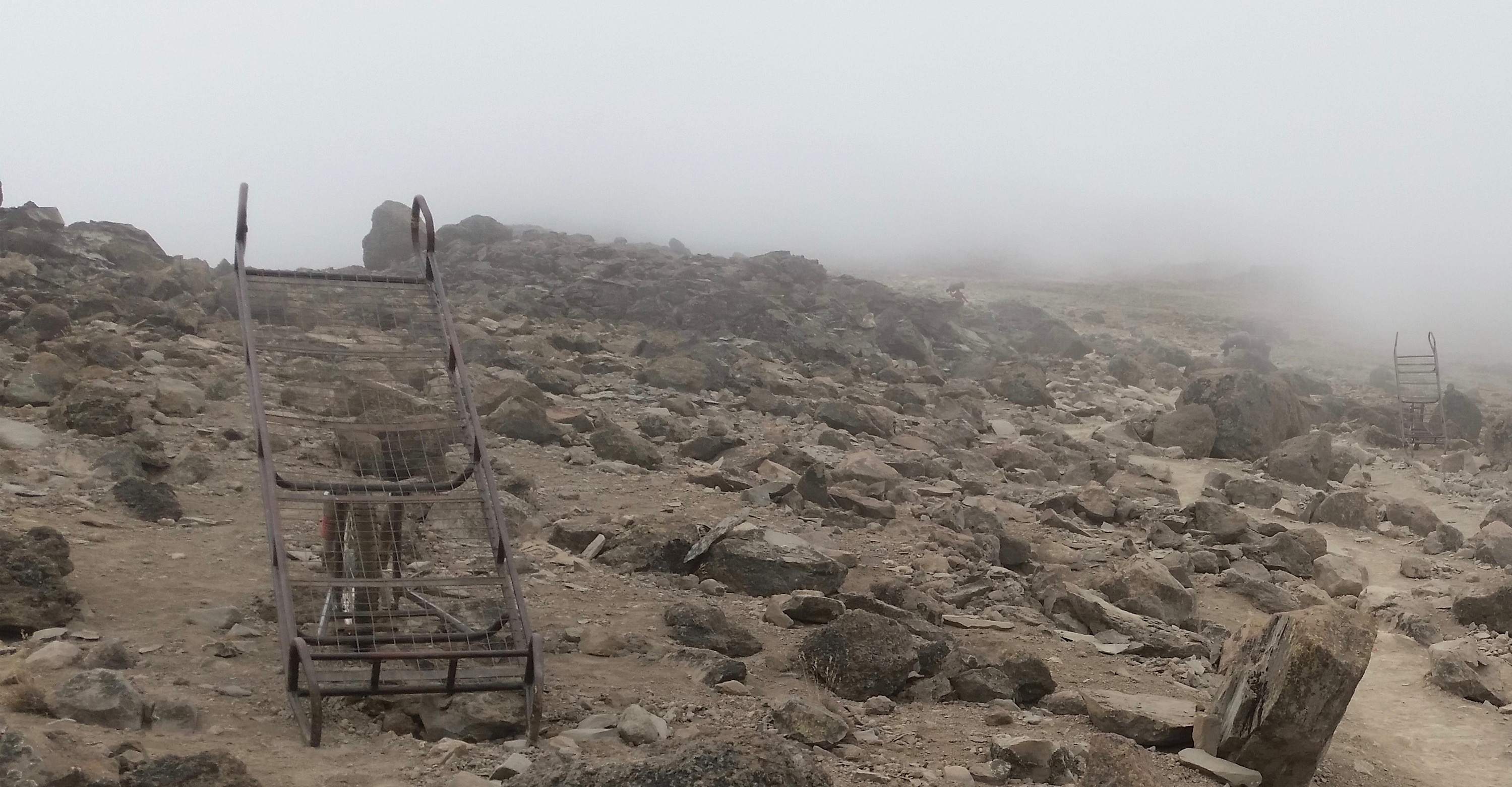
War-like landscape and rescue stretchers near Barafu Hut
Let’s have a look at ten possible causes of death, illness and accidents associated with Mount Kilimanjaro.
1. Acute Mountain Sickness
When you ascent to higher altitudes, you may get altitude sickness or acute mountain sickness (AMS) and this can lead to other complications that can lead to death on Kilimanjaro. Symptoms of AMS include breathlessness and other nonspecific symptoms that resemble carbon monoxide poisoning. Other symptoms that you may experience with AMS include headaches, nausea, and vomiting, dizziness, and lethargy, or euphoria and lightheadedness on the opposite extreme.
Most climbers will experience some forms of mild AMS while climbing Kilimanjaro. However, these symptoms are not dangerous to start with and will disappear again with descent. It is when you ascend the mountain too quickly that you may develop more severe forms of AMS.
The best way for you to avoid altitude sickness is to ascend the mountain slowly, or pole pole (Swahili for slow) as you will undoubtedly hear your guide remind you over and over gain. You can do this not only by walking slowly during the day, but—perhaps even more importantly—by booking a longer tour. This will give your body enough time to acclimatize. In fact, the length of your tour—i.e., the number of acclimatization days before attempting the final summit—has been shown to be the single most important factor driving your chances of reaching the summit.
In addition, ensure that you climb with guides who are experienced on Kilimanjaro and well-trained to watch out for your AMS symptoms.
Finally, listen to your body. Always remember that your priority should be to get back down safely, not to push yourself up to the summit by all means.
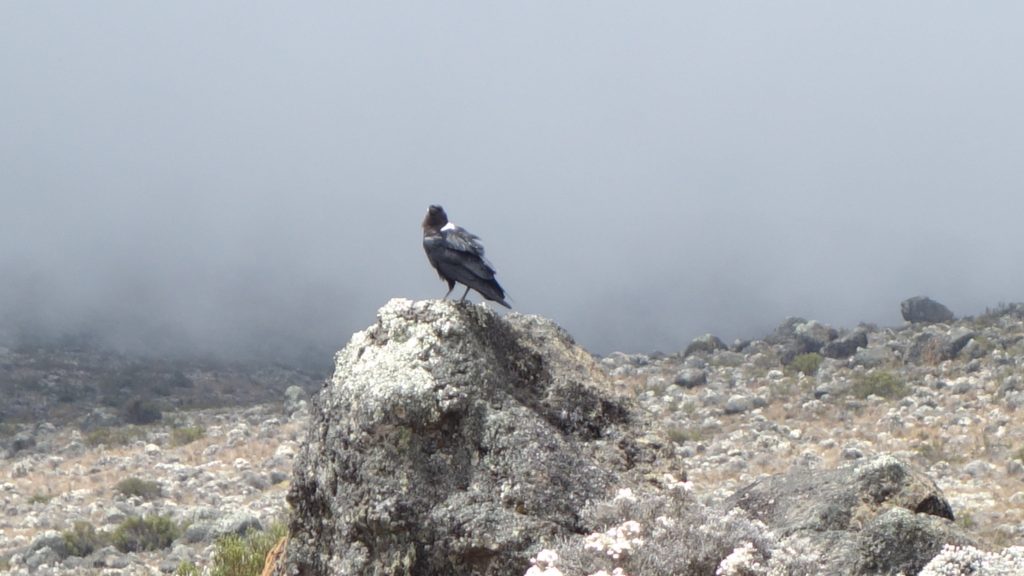
Danger on Kilimanjaro – photo by Lynn Jackson
2. Hypothermia
At nighttime, the temperatures on Mount Kilimanjaro frequently drop below 0 degrees Celsius. When you are not adequately protected and exposed to such low temperatures for a prolonged duration of time, your body temperature will drop and you may develop hypothermia. If you do not react fast with hypothermia, your bodily functions will shut down and you may die.
As a tourist, you will be a highly unlikely candidate for hypothermia. You will definitely have a good supply of clothes to wear. In case your clothes get wet for whatever reason, you can quickly change. You need to carry high-tech gear and clothing that is designed for the icy and extremely windy Mount Kilimanjaro environment.
It is mostly the porters who are at risk of developing hypothermia. Faced with heavy carry loads for their clients, they do not see sense in carrying extra luggage for themselves. This means that they will not have any spare change of dry clothes. When they get wet, they are prone to developing hypothermia. They are also at risk when they have an accident and get left behind, or fall asleep in the afternoon and can’t find their way back to camp in the dark or fog.
In order to make sure such ill fate doesn’t happen to your porters, it is best to book with a tour operator who commits to responsible practices and values fair porter treatment.
3. Rock Fall and Avalanches
Rock fall has been in the news lately following yet another tragic incident at the infamous Western Breach route. In September 2015, Live Your Legend founder Scott Dinsmore died a tragic death on Kilimanjaro from rockfall, almost ten years after the latest such lethal incident in 2006.
Rock fall remains a constant possibility at the Western Breach area. Fortunately, with many other routes on offer, such risk can be avoided easily by not taking the Western Breach route. Sadly, many tour operators keep advertising the Western Breach route to their clients.
Rock fall, or avalanches of rock or snow, is not a risk when you follow any of the other routes on Mount Kilimanjaro.
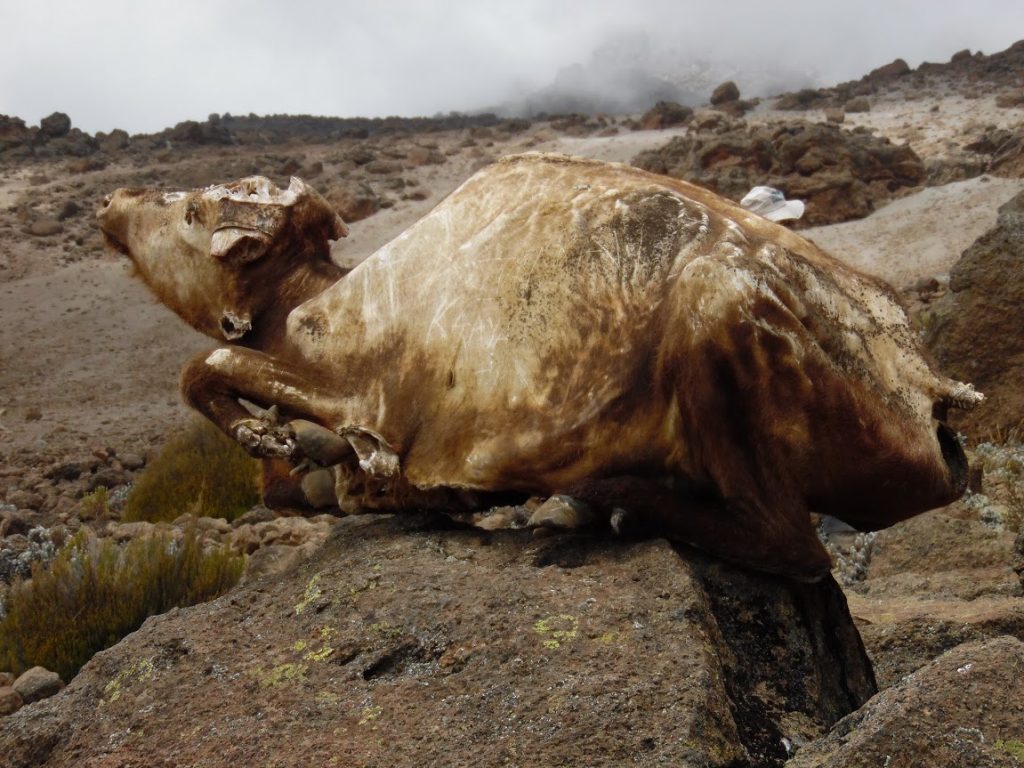
Death and danger on Kilimanjaro – Buffalo carcass – photo by Lynn Jackson
4. Cliff Falls
Speaking of rock falls, you might be left wondering about cliff falls. So here’s the good news: On Mount Kilimanjaro, different from other mountains that you may have hiked, there are hardly any steep parts where you could literally fall to death. The only steep sections that you may encounter include Barranco Wall and a few stretches close to the summit.
As long as you use common sense and follow your guide’s instructions, cliff falls are more a theoretical than a practical risk on Mount Kilimanjaro. Much in contrast to other popular hiking regions (e.g. the Mont Blanc in Europe), there are no documented deaths reported from cliff falls on Kilimanjaro.
5. Heart Attacks
As with all extreme physical activities, there have been known deaths due to myocardial infarctions or heart attacks on Mount Kilimanjaro. This may have been due to the hostile climatic conditions aggravating a preexisting heart condition. If you have such condition, it is imperative that you check your health and medical status with your specialist doctor before making that ascent up Mount Kilimanjaro.
6. Diarrhea
Diarrhea is common among Kilimanjaro climbers—and Africa tourists more broadly—but not potentially fatal. The risk of getting diarrhea can be reduced by booking the services of a high-quality tour operator who will treat your food and water properly.
However, perhaps due to the significant strain on your immune system, the risk remains even with luxury operators. It is best to bring standard diarrhea medication, such as Loperamide which is frequently sold under the brand name Imodium, as part of your medical kit.

Toilet tent on Kilimanjaro Climb – photo by Lynn Jackson
7. Colds and Respiratory Infections
The extremely low temperatures and thinning oxygen on the mountain place an enormous strain on your immune system. This makes you susceptible to colds and other more serious respiratory ailments.
It is, therefore, important to ensure that you have adequate gear and clothing to keep you warm. It would also be a good idea for you to carry medication for colds and frequent respiratory infections. To keep your immune system intact, dietary supplements such as a daily dose of Vitamin C may go a long way to spare you unnecessary discomfort.
8. Twisted Ankles and Sore Joints
As you scale the heights of Mount Kilimanjaro, you may accidentally sprain and twist your ankle joint. To avoid such scenarios, ensure that you wear proper hiking boots. A good pair of hiking boots should have rubber soles with good grip and a shaft that is ankle high.
Similarly, knee pain is a common occurrence especially the last two days when you descend all the way back down. Trekking poles go a long way to lesser the impact on your joints. They also provide added stability and, if used properly, prevent the risk of falls or twisted ankles.
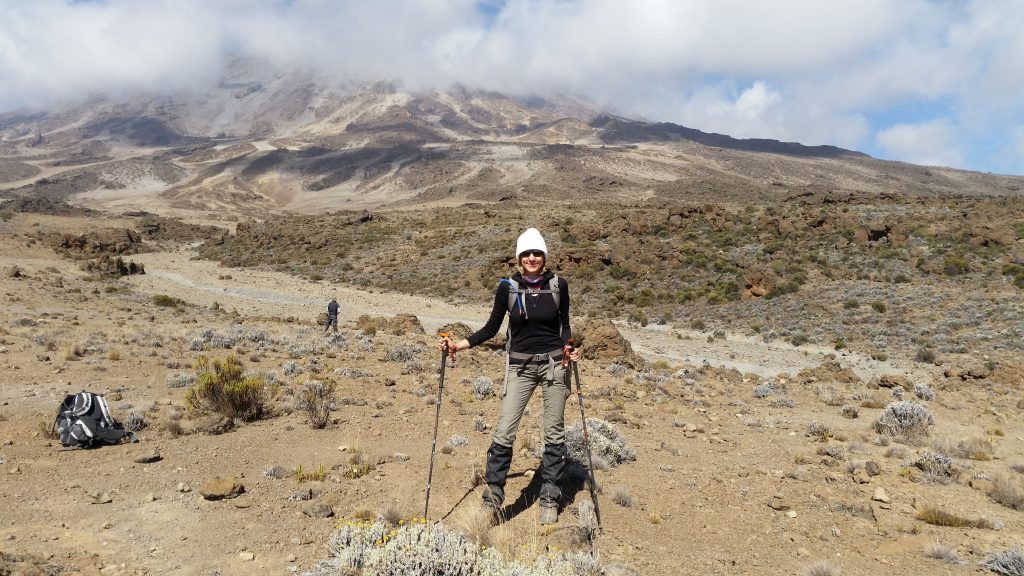
Climb Kilimanjaro with the best poles for hiking.
9. Tropical Diseases
Tanzania’s warm and humid climatic conditions make it ideal for mosquitoes to thrive. This means that tropical diseases like malaria are rampant in this region. You could also contract diseases like Dengue Fever or the Sleeping Sickness in Tanzania.
Before you set out for Tanzania, the home of Mount Kilimanjaro, take a complete medical check. Consult your doctor, ideally a tropics specialist, and ensure that you take the recommended prophylactic measures to guard against malaria and other infections.
10. Coincidental Illnesses
Finally, you may have a preexisting medical condition that, purely by coincidence, becomes severe and requires medical treatment while hiking Mount Kilimanjaro. The increased risk of Kilimanjaro is due to the lack of medical facilities as well as the difficulty of evacuation.
Helicopters are not allowed to land near the summit. Even for designated helipads at lower altitudes, arranging for helicopter evacuation takes time. It is much more likely that you will need to get carried down to the park gate by your porters, and driven to hospital from there.
So, once again, make sure to have an appropriate medical check before venturing out into the wild.
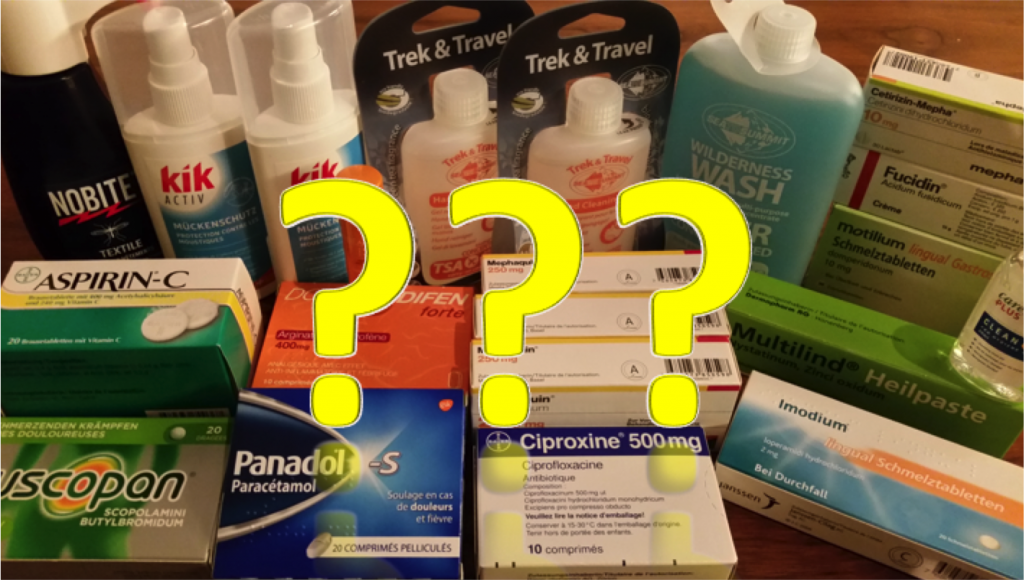
Make sure to pack the best Medical Kit for Kilimanjaro before you leave home.
Conclusions
In the recent past, there have been many evacuations and a few deaths associated with climbing Mount Kilimanjaro. The question of whether such occurrences were due to irresponsible tour operators, ignorance, lack of adequate preparation or just bad luck is debatable. However, hiking Mount Kilimanjaro need not be dangerous. If you plan well and prepare in advance, you will find that most risks can be reduced significantly, if not avoided entirely.
Carry appropriate gear, warm clothing, and medical supplies. Take a medical test before traveling to Tanzania and ensure that you take protective, preventive measures to guard against tropical diseases like malaria. Ensure that you engage the services of a high-quality tour operator who employs experienced and well-trained local guides, such as all the offers curated by Fair Voyage. Stick to designated routes and avoid the dangerous ones.
Preparing well and taking necessary precautions will ensure that you do not encounter any mishaps while climbing the mountain. Even when you do, you will be in a better position to handle them. Climbing Mount Kilimanjaro can be a truly enjoyable and fairly safe experience. You only need to know what to expect and prepare well in advance.

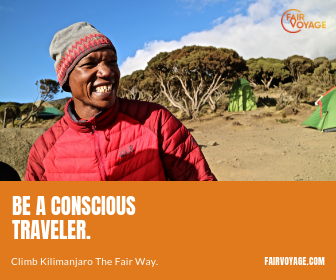



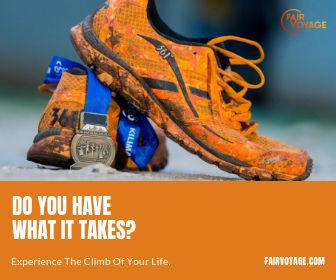
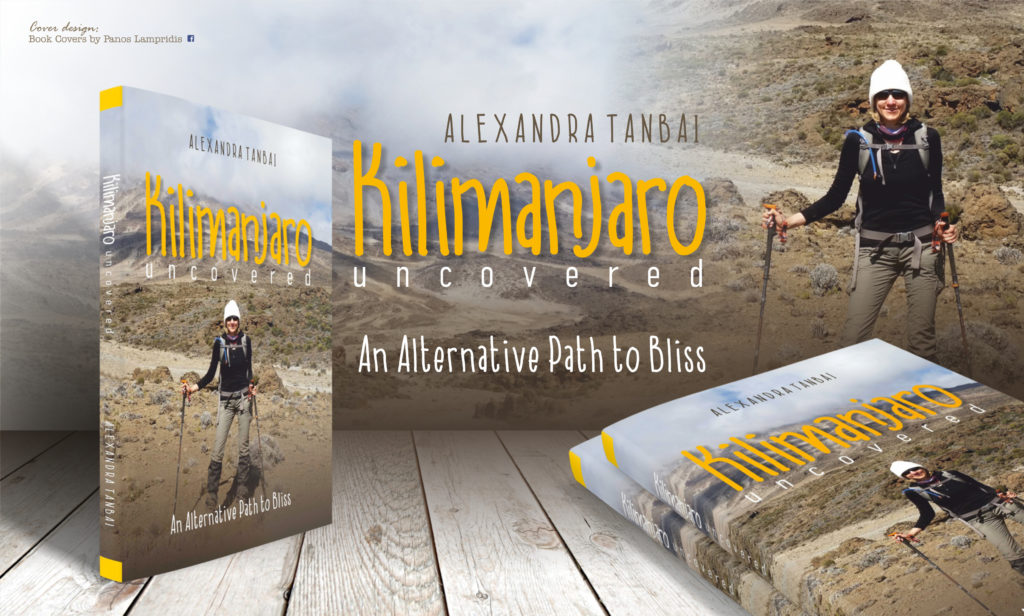
Leave a Reply